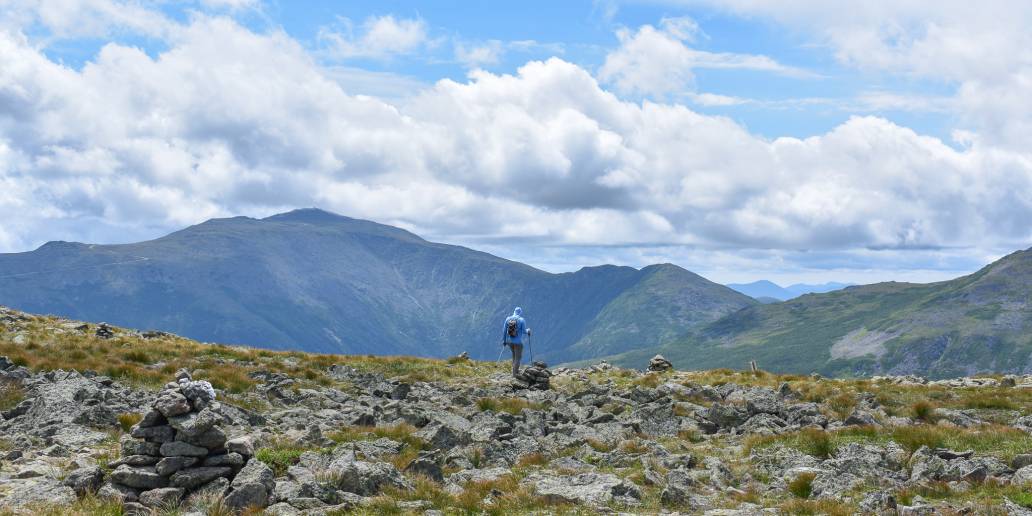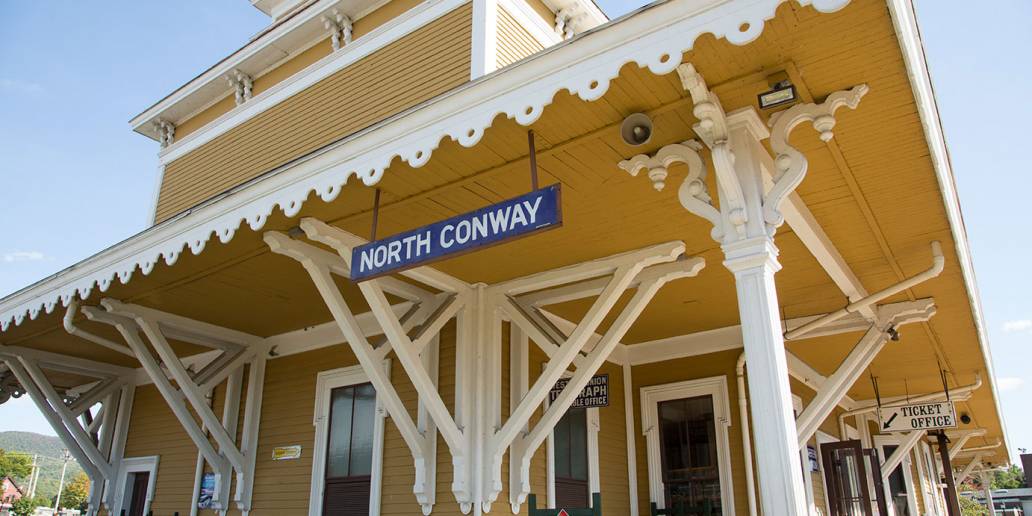There’s no denying that New Hampshire’s most popular hikes have gotten pretty crowded over the last few years. Luckily, there’s also no shortage of great hikes in the Granite State available to those willing to forgo the “classics” and consider the many awesome alternatives to beat the crowds.
Here are five less-traveled options to some of the tried, true, and crowded White Mountain classics.

Sandwich Dome Instead of Mount Moosilauke
A trip to the summit of Mount Moosilauke from the Ravine Lodge Trailhead—whether on the Gorge Brook or Snapper Trail—is undoubtedly one of the most popular trips in the Whites thanks to the moderate effort it requires, an open summit, and exceptional views. It’s also typically one of the busiest trailheads in the Whites, so busy that just parking along Ravine Lodge Road is often an adventure that tacks some mileage (and frustration) onto your trip.
Sandwich Dome is a pleasant alternative to Mount Moosilauke, offering many of the same attributes but without the hordes of other hikers. It’s often said that the only thing keeping Sandwich Dome from being one of the most popular mountains in the Whites is its height—standing at 3,993 feet, it falls just short of making the region’s well-known list of 4,000 footers and has the distinction of being New Hampshire’s tallest mountain under 4,000 feet.
A trip to Sandwich Dome ascending the Sandwich Mountain Trail and descending the Drakes Brook Trail is a slightly longer hike that gains a bit more elevation than Moosilauke. But like Mount Moosilauke, this nine-mile hike is located at the southern end of the White Mountains making it easy to access for those coming from the south. And the excellent vistas it provides along the way, including one from Jennings Peak (which is so good that it’s included on the 52 With a View list), are almost as good as Moosilauke. Even better, you’ll likely be able to enjoy the overlooks and the trails without all the people or parking issues.
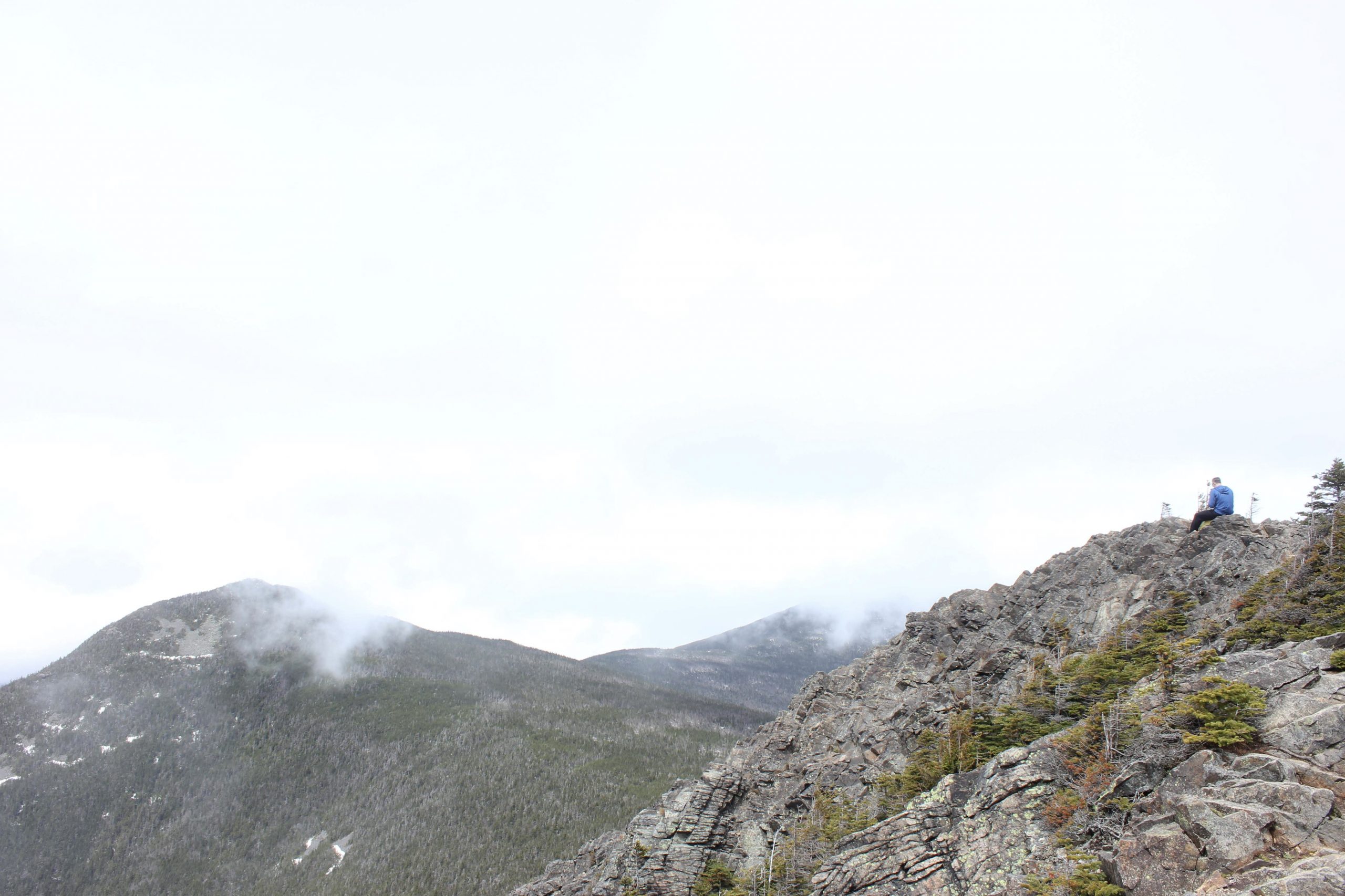
Swap Lowe’s Path for the Crawford Path’s Crowds
The Crawford Path is the oldest continuously maintained hiking trail in the country and has only grown in popularity over the years. It delivers fantastic views of some of the Whites’ most stunning scenery along with the opportunity to bag four 4,000-footers. It also puts you at the epicenter of New Hampshire hiking, where you’ll have to contend with other hikers and backpackers along with those arriving at the summit of Mount Washington—and the Crawford Path—via the Cog Railway and Mount Washington Autoroad.
A good alternative is Lowe’s Path, which provides hikers an opportunity to hike another historic trail up a 4,000-footer while beating the crowds. Constructed in 1875 and 1876, Lowe’s Path is one of the oldest trails in the northern Presidentials. It is generally considered the “easiest” route to the summit of Mount Adams, which, at 5,799 feet, is the second-highest peak in the White Mountains.
From the summit of Mount Adams, hikers are treated to a superb view of Mount Washington in one direction and Mount Madison in the other. Peak baggers interested in bagging an extra summit can make the little over a mile trek to the top of Mount Madison. Doing this takes you past one of the AMC’s eight mountain huts—Madison Spring Hut—which is something also encountered on the Crawford Path at Lake of the Clouds. Another option is to tick all five Adams peaks.
Although Lowe’s Path is only about half the mileage of a trip along the Crawford Path, it delivers a similar amount of elevation gain. It is known for its mostly moderate grade—watch out for the steep section in the middle—a trait it shares with its classic counterpart in the southern Presidentials, the Crawford Path.
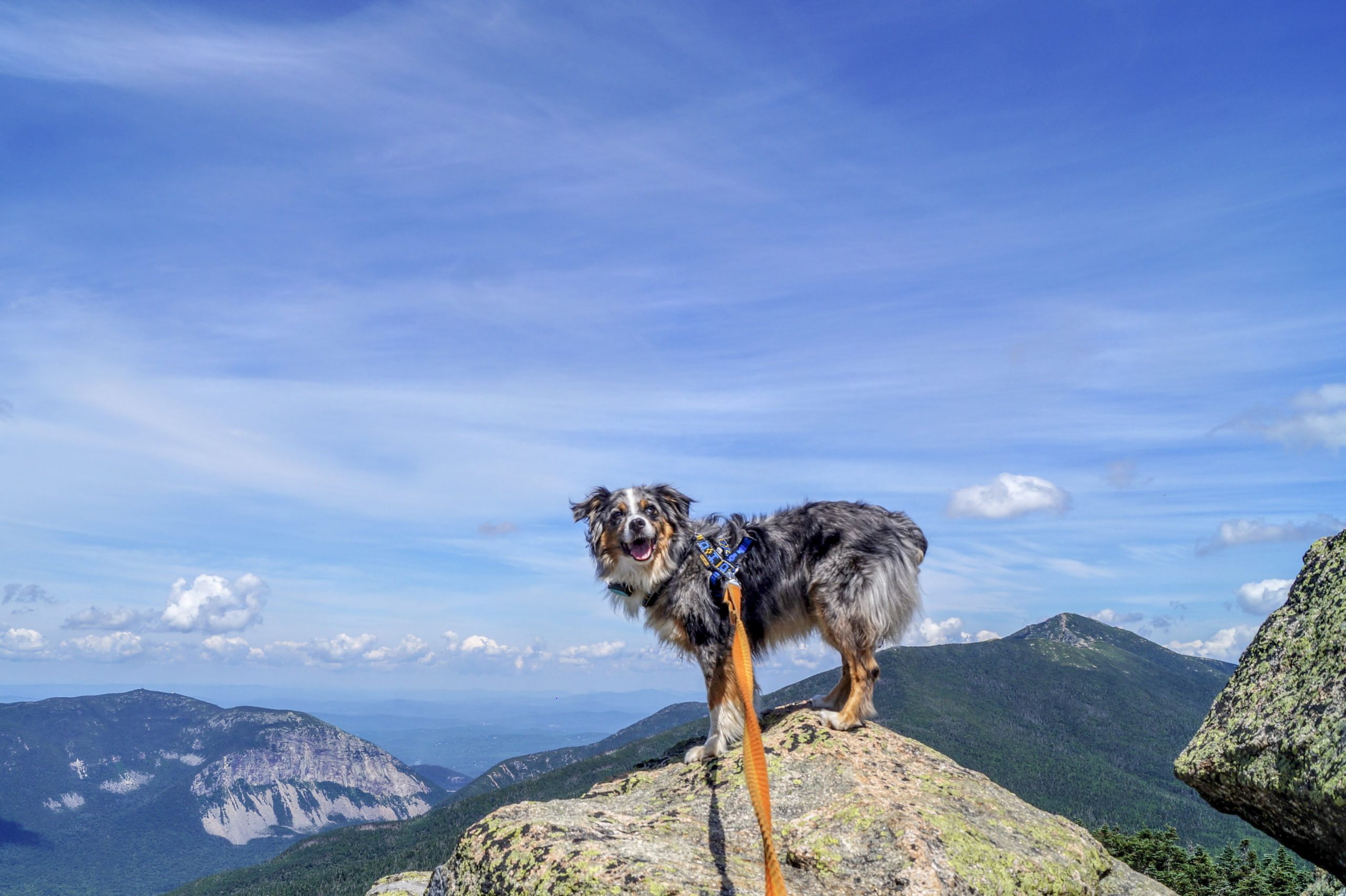
Flume and Liberty Rather Than Lafayette, Lincoln, and Haystack
The uber classic Franconia Ridge checks a lot of boxes—it delivers stellar views, spends a considerable amount of time above treeline, provides challenging hiking, passes over the summits of two 4,000-footers (Mount Lafayette and Mount Lincoln), and is located right off the highway. An unappealing characteristic of Franconia Ridge is the crowds. It’s gotten so busy at the primary trailhead for Franconia Ridge that parking has become problematic and a shuttle now services it.
A trip on the less-traveled section of Franconia Ridge across the summits of Mount Flume and Liberty provides relief from the hordes of other hikers, spends time on the same iconic ridge, and is one of the more accessible hikes in the Whites. The resemblance between the two trips doesn’t stop there—both cover approximately the same mileage and feature a roughly identical elevation gain.
Peakbaggers will love that both Mount Flume and Mount Liberty are 4,000-footers—meaning they can tick two of the 48 off their list, just like they could if they tackled the busier end of Franconia Ridge. Furthermore, two routes on Mount Flume are on the Terrifying 25 list—the Flume Slide Trail, which is a good option for hikers looking for a loop, and the Osseo Trail, which is ideal for those interested in a point-to-point hike.
The downside to hiking Mount Flume and Liberty is that it doesn’t offer the extended time above treeline found on the northern end of Franconia Ridge. However, it does provide protection when the weather isn’t ideal, which is frequent. Plus, the treeless summits of both mountains deliver fantastic views in every direction, including of the often-busy ridge between Little Haystack and Mount Lafayette.
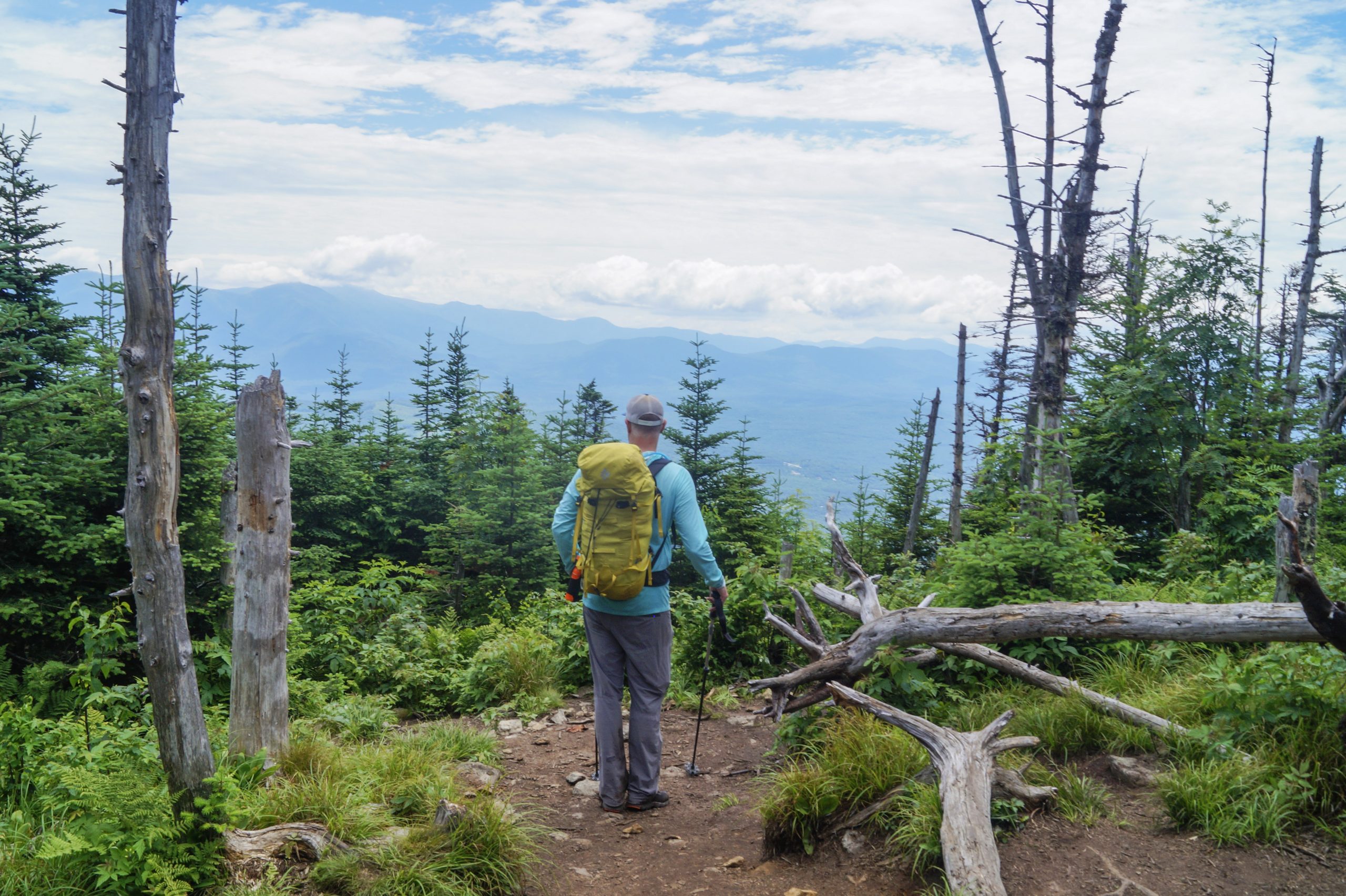
Escape the Crowds in the Bonds with a Kilkenny Traverse
A Bonds Traverse from Zealand to Lincoln Woods is a classic trip in the Whites for both ambitious day hikers and backpackers alike. It tags the summit of four 4,000-footers—Zealand Mountain, West Bond, Bond, and Bondcliff—along with passing one of the eight AMC huts and the Guyot Campsite. Additionally, hikers are treated to a fantastic ridge running experience, crossing some of the most scenic areas in the Whites. There’s just one problem: you can expect that there will be a lot of other people on the trail with you.
A traverse of the Kilkenny Ridge is a great alternative to the Bonds for those looking for a wilder and more challenging experience—it’s about seven miles longer than the Bonds with double the elevation gain and substantially fewer people. For hikers working on White Mountain lists, there’s a lot to like about a Kilkenny Ridge traverse—it crosses the summit of two 4,000-footers (Mount Cabot and Mount Waumbek) two peaks on the 52WaV list (Mount Starr King and The Horn), and several of New Hampshire’s 100 highest.
The isolation found on Kilkenny Ridge is a stark contrast to the Bonds and nowhere is this more apparent than when it comes to camping. Kilkenny Ridge hikers will find quiet campsites at Unknown Pond and near Rodger’s Ledge, along with camping in the Mount Cabot Fire Warden’s Cabin (where you likely won’t see many other hikers, but may meet more than a few friendly mice) and some well-worn, although technically not allowed, tent sites near the cabin.
The Kilkenny Ridge has pretty good views too, especially from spots such as the Horn, Rodger’s Ledge, and Mount Starr King. And while they are admittedly not quite as spectacular or as consistent as on the Bonds, the exchange is that you’ll likely have these views to yourself. An added bonus—Kilkenny is the wildest of the White Mountain traverses!
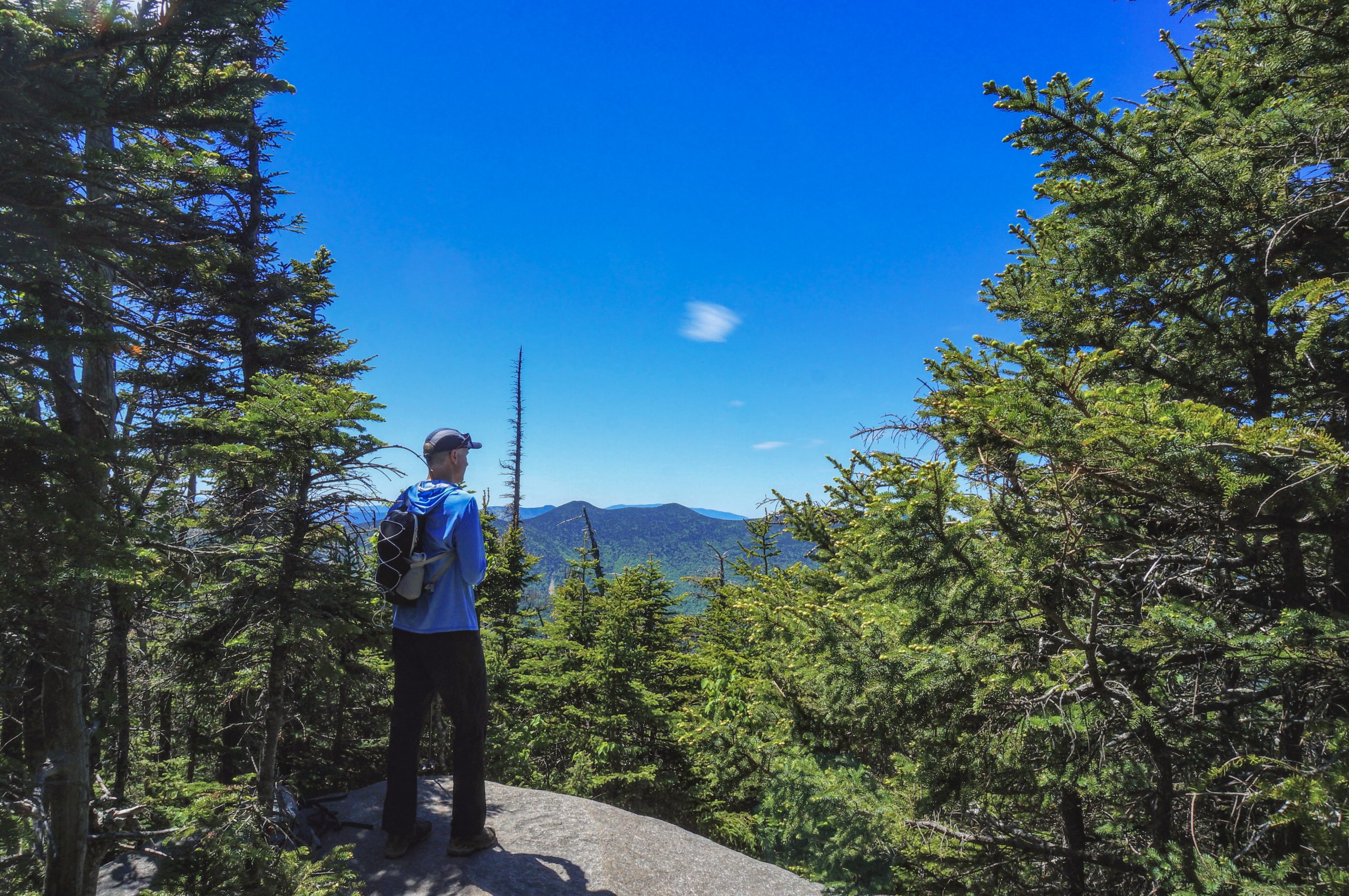
Opt for a Sleeper Traverse Over a Presidential Traverse
It’s hard to top the Presidential Traverse, an uber-classic point-to-point hike from Mount Madison to Mount Pierce. It travels above treeline and delivers stunning scenery for almost its entirety while crossing some of the most recognizable and tallest peaks in the Whites, including the summits of seven 4,000-footers. Due to the popularity of the route, along with the three huts, numerous nearby tent sites, an auto road, and a railway on the route, you’re also likely to encounter a lot of other people and sizable crowds.
The Sleeper Traverse—from Mount Passaconaway to South Tripyramid—provides a far less crowded alternative to a Presidential Traverse, and is roughly the same mileage with about half of the elevation gain. One notable advantage of a Sleeper Traverse is that it’s easily turned into a loop, negating the need for a second car or arranging transportation.
The Sleeper Traverse ticks four 4,000-footers—Mount Passaconaway, Mount Whiteface, North Tripyramid, and Middle Tripyramid (admittedly shy of the Presi’s eight)—while also passing East Sleeper, which is one of the New England 100 highest. Although it doesn’t deliver the same awe-inspiring view as its better-known counterpart, excellent outlooks are found along the entire route.
Something you won’t find on the Sleeper Traverse is crowds. This is especially true while on the Kate Sleeper Trail, where you’re just as likely to run into a moose as you are another hiker. Even the summits of the four 4,000-footers on the route receive much less traffic than the other, more popular peaks.
Do you have any good under-the-radar trips that duck the crowds in the Whites? Tell us about them in the comments below!
Tim Peck and Doug Martland
Tim and Doug met long ago at the Eastern Mountain Sports in Canton, Massachusetts. Bonding over a love of slick Quincy Quarry granite, White Mountain sufferfests, and scheming up adventures while folding tee-shirts, today Tim and Doug collaborate to write about their favorite outdoor activities and occasionally get nostalgic about tee-shirt tables.
Related Posts
April 12, 2024
Explore Like a Local: The Outdoor Mecca of North Conway, NH
There's a lot to love about this New…
April 3, 2024
5 Things To Do in the Boston Area During Mud Season
Adventure opportunities are abundant…


